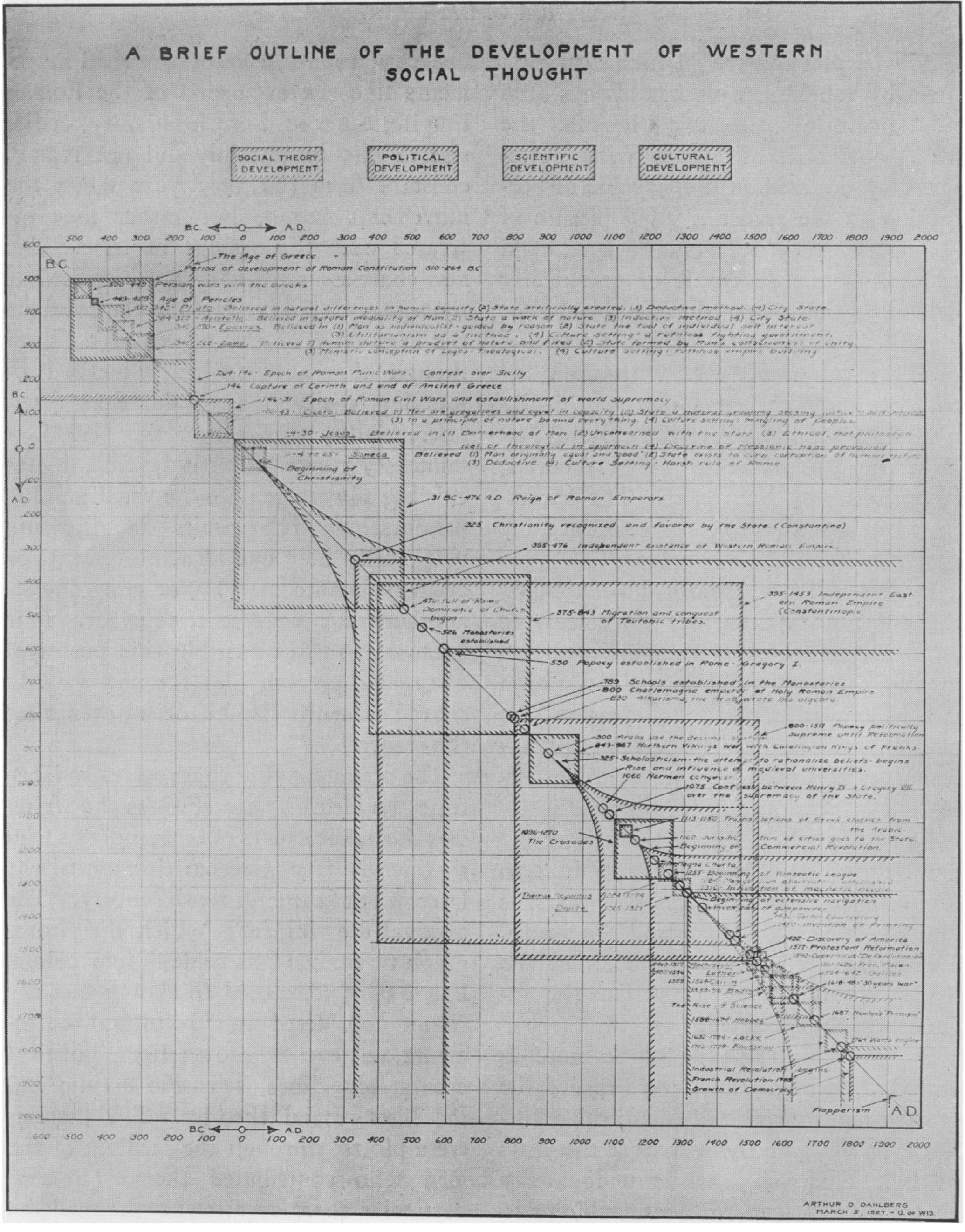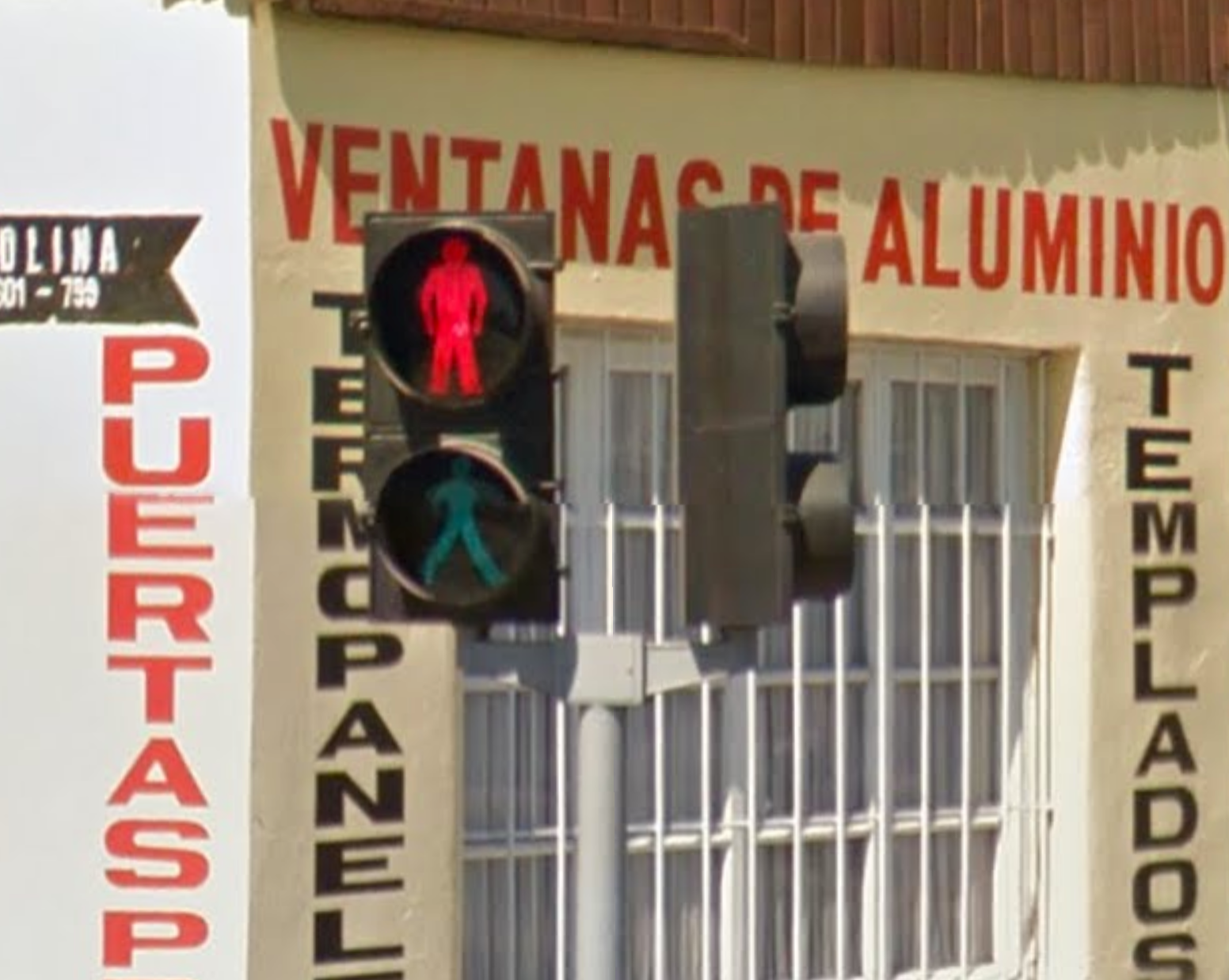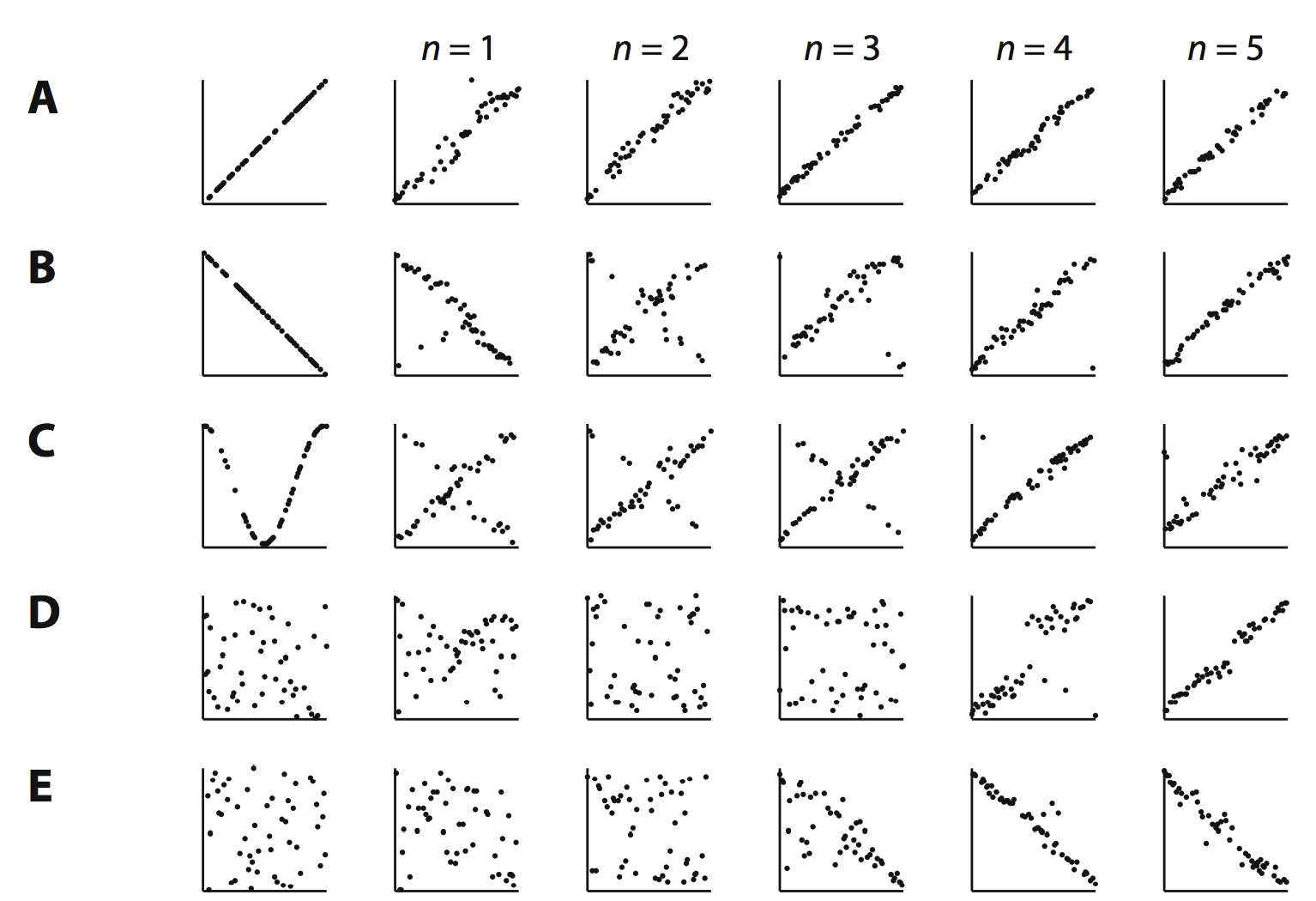The market is a magical thing. Among other things, it has been entrusted with much of the production and distribution the world’s limited resources. But markets-as-social-institutions are hard to understand because they are tied up with so many other ideas: capitalism, freedom, inequality, rationality, the idea of the corporation, and consumer society. It is only natural that the value we place on these abstractions will influence how we think about the social mechanism called the market. To remove these distractions, it will help to take the market out of its familiar context and put it to a completely different kind of challenge.
Basketball markets
What would basketball look like if it was possible to play it entirely with markets, if the game was redesigned so that players within a team were “privatized” during the game and made free of the central planner, their stately coach: free to buy and sell favors from each other in real time and leave teamwork to an invisible hand? I’m going to take my best shot, and in the process I’ll demonstrate how much of our faith in markets is faith, how much of our market habit is habit.
We don’t always know why one player passes to another on the court. Sometimes the ball goes to the closest or farthest player, or to the player with the best position or opening in the momentary circumstances of the court. Sometimes all players are following the script for this or that play. Softer factors may also figure in, like friendship or even the feeling of reciprocity. It is probably a mix of all of these things. But the market is remarkable for how it integrates diverse sources of information. It does so quickly, adapting almost magically, even in environments that have been crafted to break markets.
So what if market institutions were used to bring a basketball team to victory? For that to work, we’d have to suspend a lot of disbelief, and make a lot of things true that aren’t. The process of making those assumptions explicit is the process of seeing the distance of markets from the bulk of real world social situations.
The most straightforward privatization of basketball could class behavior into two categories, production (moving the ball up court) and trade (passing and shooting). In this system, the coach has already arranged to pay players only for the points they have earned in the game. At each instant, players within a team are haggling with the player in possession, offering money to get the ball passed to them. Every player has a standing bid for the ball, based on their probability of making a successful shot. The player in possession has perfect knowledge of what to produce, of where to go to have either the highest chances of making a shot or of getting the best price for the ball from another teammate.
If the player calculates a 50% chance of successfully receiving the pass and making a 3-point shot, then that pass is worth 1.5 points to him. At that instant, 1.5 will be that player’s minimum bid for the ball, which the player in possession is constantly evaluating against all other bids. If, having already produced the best set of bids, any bid is greater then that possessing player’s own estimated utility from attempting the shot, then he passes (and therefore sells) to the player with the best offer. The player in possession shoots when the probability of success exceeds any of the standing bids and any of the (perfectly predicted) benefits of moving.
A lot is already happening, so it will help to slow down. The motivating question is how would reality have to change for this scheme to lead to good baskeball? Most obviously, the pace of market transactions would have to speed up dramatically, so that making, selecting, and completing transactions happened instantaneously, and unnoticably. Either time would have to freeze at each instant or the transaction costs of managing the auction institution would have to be reduced to an infinitesimal. Similarly, each player’s complex and inarticulable process of calculating their subjective shot probabilities would have to be instantaneous as well.
Players would have to be more than fast at calculating values and probabilities, they would also have to be accurate. If players were poor at calcuating their subjective shot probabilities, and at somehow converting those into cash values, they would not be able to translate their moment’s strategic advantage into the market’s language. And it would be better that players’ bids reflect only the probability of making a shot, and not any other factors. If players’ bids incorporate non-cash values, like the value of being regarded well by others, or the value of not being in pain, then passes may be over- or under-valued. To prevent players from incorporating non-cash types of value the coach has to pay enough per point to drown out the value of these other considerations. Unline other parts of this thought experiment, that is probably already happening.
It would not be enough for players to accurately calculate their own values and probabilities, but those of every other player, at every moment. Markets are vulnerable to assymmetries in information. This means that if these estimates weren’t common knowledge, players could take advantage of each other artificially inflating prices and reducing the efficiency of the team (possibly in both the technical and colloquial senses). Players that fail to properly value or anticipate future costs and benefits will pass prematurely and trap their team in suboptimal states, local maxima. To prevent that kind of short-sightedness, exactly the kind of shortsightedness that teamwork and coaching are designed to prevent, it would be necessary for players to be able to divine not only perfect trading, but perfect production. Perfect production would mean knowing where and when on the court a pass or a shot will bring the highest expected payoff, factoring in the probability of getting to that location at that time.
I will be perfectly content to be proven wrong, but I believe that players who could instantaneously and accurately put a tradable cash value on their current and future state — and on the states of every other player on the court — could use market transactions to create perfectly coherent teams. In such a basketball, the selfish pursuit of private value could be manuevered by the market institution to guarantee the good of the team.
The kicker
With perfect (instantaneous and accurate) judgement and foresight a within-team system of live ball-trading could produce good basketball. But with those things, a central planner could also produce good basketball. Even an anarchist system of shared norms and mutual respect could do so. In fact, as long as those in charge all share the goal of winning, the outputs of all forms governance will become indistinguishable as transaction costs, judgement errors, and prediction errors fall to zero. With no constraints it doesn’t really matter what mechanisms you use to coordinate individual behavior to produce optimal group behavior.
So the process of making markets workable on the court is the process of redeeming any other conceivable form of government. Suddenly it’s trivial that markets are a perfect coordination mechanism in a perfect world. The real question is which of these mechanisms is the closest to its perfect form in this the real world. Markets are not. In some cases, planned economies like board-driven corporations and coach-driven teams probably are.
Other institutions
What undermines bosshood, what undermines a system of mutual norms, and what undermines markets? Which assumptions are important to each?
- A coach can prescribe behavior from a library of taught plays and habits. If the “thing that is the best to do” changes at a pace that a coach can meaningfully engage with, and if the coached behavior can be executed by players on this time scale, than a coach can prescribe the best behavior and bring the team close to perfect coherence.
- If players have a common understanding of what kinds of coordinated behavior is the best for what kinds of situations, and they reliably
and independently come to the same evaluation of the court, than consensual social norms can model perfect coherence satisfactorily.
- And if every instant on the court is different, and players have a perfect ability to evaluate the state of the court and their own abilities, then an institution that organizes self-interest for the common good will be the one that brings it closest to perfect coherence
Each has problems, each is based on unrealistic assumptions, each makes compromises, and each has its place. But even now the story is still too simple. What if all of those things are true at different points over the course of a game? If the answer is “all of the above,” players should listen to their coach, but also follow the norms established by their teammates, and also pursue their own self-interest. From here, it is easy to see that I am describing the status quo. The complexity of our social institutions must match the complexity of the problems they were designed for. Where that complexity is beyond the bounds that an individual can comprehend, the institutional design should guide them in the right direction. Where that complexity is beyond the bounds of an institution, it should be allowed to evolve beyond the ideological or conceptual boxes we’ve imposed on it.
The closer
Relative to the resource systems we see every day, a sport is a very simple world. The rules are known, agreed upon by both teams, and enforced closely. The range of possible actions is carefully prescribed and circumscribed, and the skills necessary to thrive are largely established and agreed upon. The people are occupying each position are world-class professionals. So if even basketball is too complicated for any but an impossible braid of coordination mechanisms, why should the real world be any more manageable? And what reasonable person would believe that markets alone are up to the challenge of distributing the world’s limited resources?
note
It took a year and a half to write this. Thanks to Keith Taylor and Devin McIntire for input.




















































